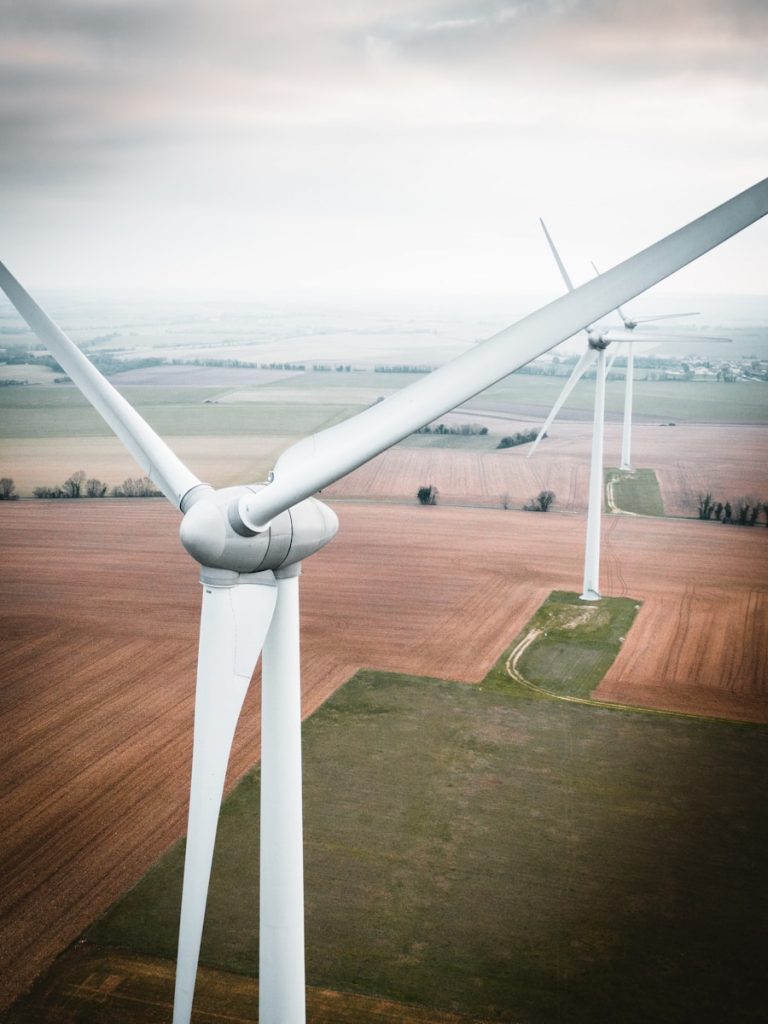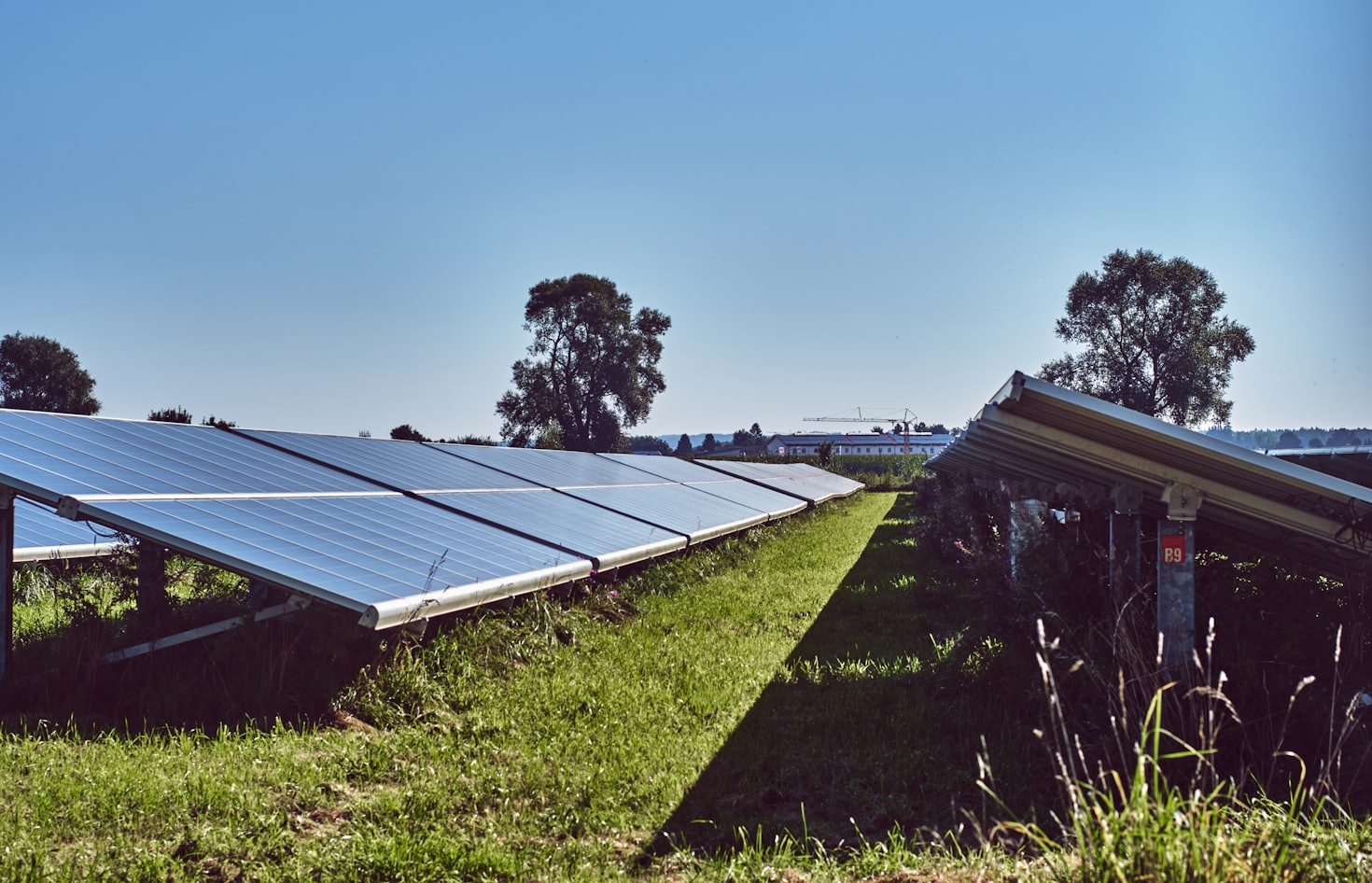As energy prices fluctuate and mortgage rates remain high, homeowners are looking for ways to cut long-term living costs. One emerging solution is the Zero Bills Home—a property that generates and stores enough renewable energy to fully offset household energy costs. While this concept has gained traction in new-build developments, could existing homes be retrofitted to achieve the same financial benefits?
The answer is a resounding yes — and for homeowners willing to make the investment, the financial rewards could be life-changing. Let’s break down how a retrofitted Zero Bills Home works, the costs involved, and the long-term benefits over a traditional mortgage term.
A Zero Bills Home is designed to be self-sufficient in energy. Instead of relying on fossil fuels or grid electricity, it generates, stores, and manages its own power through a combination of:
- Heat pumps (air-source or ground-source) for efficient heating
- Solar panels to generate electricity
- Battery storage to capture excess solar power for night-time or cloudy days
- Smart tariffs that allow you to buy and sell energy at optimal times
- Energy-efficient insulation and smart controls to reduce energy waste
The Result?
- No gas bills, ever
- Zero or near-zero electricity bills
- Increased property value and energy security
- Protection against future energy price hikes
New-build developers like, Bellway and The Hill Group are already rolling out guaranteed Zero Bills homes, but what about existing homeowners? Can an older home be upgraded to achieve zero energy bills?
The answer is yes—but with an upfront investment.


The Cost of Retrofitting a Zero Bills Home
Retrofitting a home to achieve zero energy bills involves three core upgrades:
| Upgrade | Estimated Cost | Lifespan | Annual savings |
|---|---|---|---|
| Heat Pump (Air-Source) | £7,000 – £12,000 | 15-20 years | £500 – £900 |
| Solar Panels (8kWp) | £9,000 – £14,000 | 25 years | £600 – £1,000 |
| Battery Storage (9.5kWh) | £6,000 – £9,000 | 10-15 years | £500 – £800 |
| Total Investment | £22,000 – £35,000 | Varies | £1,600 – £2,700 p/a |
This setup eliminates energy bills and can pay for itself in 10-15 years, while continuing to deliver savings beyond that.
The Key Benefit? These savings stack up over a 25-year mortgage term, offering £40,000 to £60,000 in lifetime energy savings—more than covering the upfront investment.
Financing the Transition: Can Zero Bills Offset a Mortgage?
One of the most compelling arguments for a retrofitted Zero Bills Home is its impact on mortgage affordability. Traditionally, homeowners have to budget for both mortgage payments and utility bills, but with zero energy costs, there’s more disposable income available.
Let’s compare two scenarios:
Scenario 1: Traditional Home (Gas & Grid Electricity)
Mortgage: £250,000 at 5% over 25 years = £1,462/month
Energy Bills: £150/month (approx. £1,800/year)
Total Monthly Cost: £1,612
Scenario 2: Retrofitted Zero Bills Home
Mortgage: £275,000 at 5% over 25 years (including a £25,000 retrofit loan) = £1,609/month
Energy Bills: £0
Total Monthly Cost: £1,609
Key Insight: The cost of financing a Zero Bills retrofit is roughly the same as paying for energy bills on a traditional home—except that after 25 years, you own a home with no energy costs for life.
Long-Term Financial Benefits of a Zero Bills Retrofit
1. £40,000+ in Energy Savings Over 25 Years
A traditional home will rack up at least £45,000 in energy bills over a standard mortgage term. A retrofitted Zero Bills Home eliminates that cost entirely.
2. Increased Property Value
A 2024 University of Cambridge study found that homes with heat pumps, solar panels, and battery storage see an up to 16% value increase. On a £400,000 home, that’s an extra £64,000 in equity.
3. Protection from Future Energy Price Hikes
Energy prices are unpredictable, but a Zero Bills Home locks in your energy costs at £0, providing financial security.
4. Easier Mortgage Approval & Better Loan Terms
Lenders are increasingly rewarding energy-efficient homes:
- Leeds Building Society and Perenna now offer green mortgages with lower rates for homes with zero or reduced energy bills.
- Lloyds Banking Group is adjusting mortgage affordability to account for lower running costs, allowing buyers to borrow more responsibly.
Is a Zero Bills Retrofit Right for You?
Do you own your home and plan to stay for 10+ years? – A Zero Bills retrofit is a strong long-term investment.
Are you comfortable financing home improvements? – With green loans, mortgages, and government incentives, funding is more accessible than ever.
Do you want to increase your home’s value and future-proof it? – Retrofitting now means you won’t be forced into an expensive upgrade later.
Final Verdict: Is a Zero Bills Home Worth It?
For homeowners looking to maximize savings, increase property value, and eliminate financial uncertainty, retrofitting a Zero Bills Home is an exceptionally smart financial move.
With an upfront investment of £22,000 – £35,000, you can erase £40,000+ in energy costs, add £60,000+ in property value, and lock in permanent savings.
As more lenders, developers, and policymakers prioritize net-zero homes, these upgrades will become more financially attractive—but early adopters stand to benefit the most.

